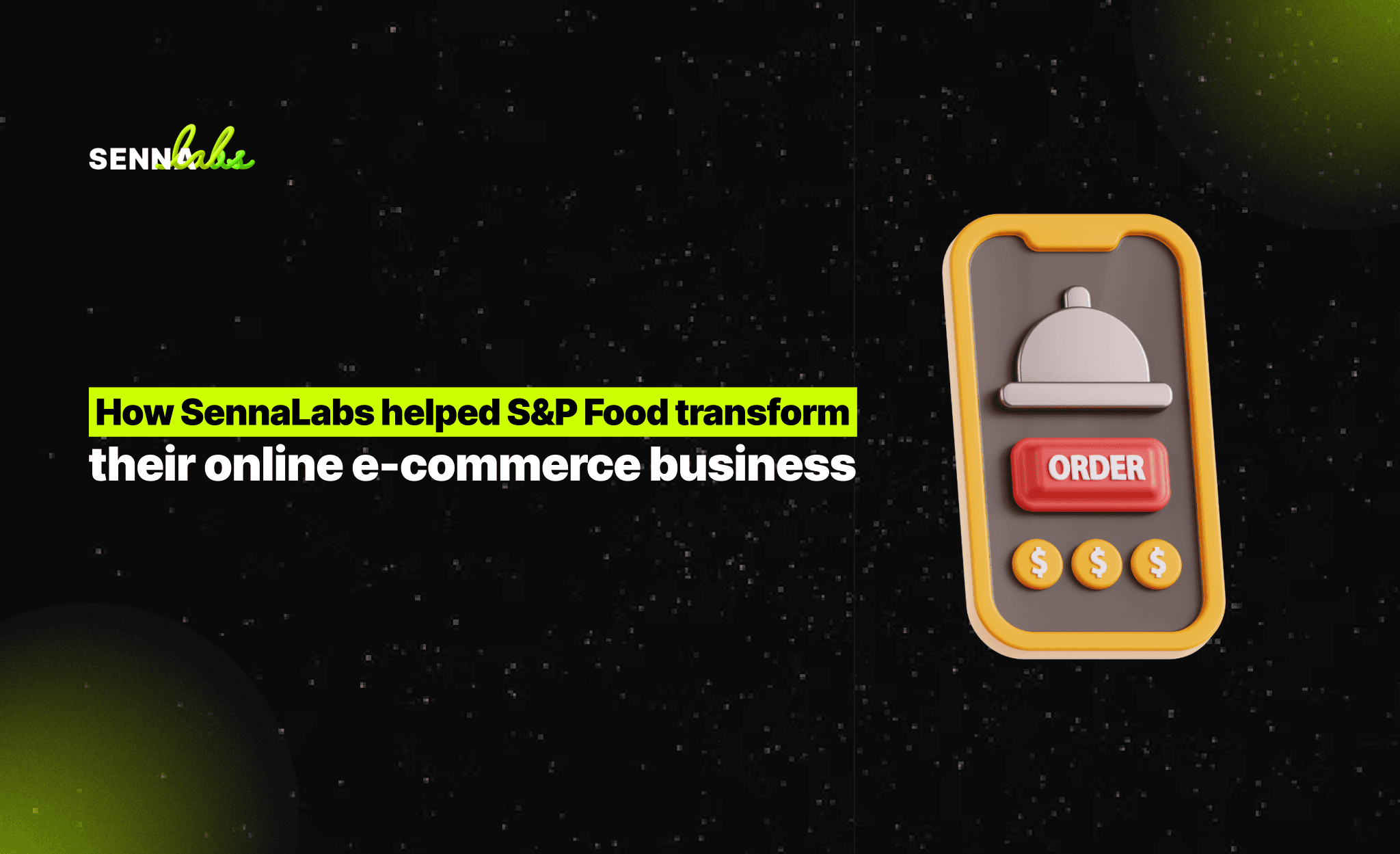Don’t Let Old Systems Hold Back New Growth
Share

A legacy system isn’t just “old technology” — it’s the wall blocking your business from growing.
The Unspoken Truth:
“The system that once worked… is now holding you back.”
Many organizations still use systems built since the company’s first day — because they “still work” or they “don’t want to risk changing.”
But in a world where business evolves every month, even a small delay can mean lost opportunities.

Ask yourself:
-
How many times does your team re-enter the same data each day?
-
How many places is your customer data scattered across?
-
Or do your systems fail to connect via API, forcing you to do everything manually?
These are clear signs that
Your system can no longer keep up with your business.
The Hidden Impact of Legacy Systems
1.Data Silos
Each department stores its own data → no single organizational view → decisions are made with inconsistent information.
2.Integration Pain
You want to connect APIs, use new marketing tools, or pull real-time data —
but your old system can’t support it.
3.Manual Workload
Every month, teams still combine Excel files, fix formulas, and copy data between systems —
things that automation should have handled long ago.
4.Rising Hidden Costs
You keep paying for maintenance, bug fixes, and compatibility updates —
but end up with a system that merely survives, not evolves.
Replatform ≠ Starting from Scratch
“Replatforming isn’t about tearing down your system — it’s about unlocking growth.”
Many fear change because they think it means starting over.
In reality, Replatforming means migrating your system to a modern, flexible, future-ready foundation.
It’s about:
-
Moving data from outdated systems → to integrated, connected platforms
-
Restructuring for Cloud, Integration, and Automation readiness
-
Upgrading performance without starting from zero
The results:
- Faster system performance
- Connected data across teams
- Easier collaboration
- And most importantly — a business truly ready to scale
Simple Examples
-
From “10 Excel files that don’t talk to each other” → to one real-time dashboard
-
From “sales and inventory systems separated” → to one unified platform
-
From “manual data merges every month” → to daily auto-sync systems
How to Begin
1.Audit your current systems
Identify what exists, who uses it, and whether it’s still necessary.
2.Separate what to migrate vs. what to retire
Some systems don’t need to be replaced — they just need better integration.
3.Replatform gradually (Phased Approach)
Start with areas that most affect revenue or efficiency — like CRM or ERP.
In Summary
Your old system may have brought your business this far —
but can it take you to tomorrow?
Don’t let a system that once worked become the obstacle to your next success.
Because Replatforming is how you let your system grow with your business.

Share

Keep me postedto follow product news, latest in technology, solutions, and updates
Related articles
Explore all


